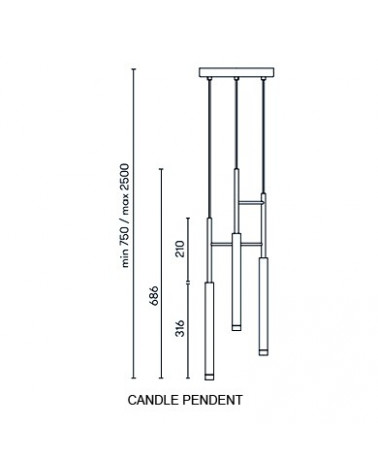
Introduction
The concept of an ‘honest thief’ may seem contradictory; however, it has recently gained attention as stories emerge about individuals who return stolen items. This notion challenges our perceptions of morality, crime, and redemption. In an age where social media amplifies narratives, these honest thief stories resonate with audiences, evoking a mix of admiration and disbelief. Understanding this phenomenon is essential to grasp the broader implications on societal values and the justice system.
The Stories Behind the ‘Honest Thief’
In various regions, reports have surfaced of thieves who, after committing crimes, choose to return stolen items accompanied by apologies. One notable case occurred in London last month when a man returned a stolen bike to its owner, leaving a heartfelt note explaining his regrets. In another instance, a woman in Birmingham returned a bag filled with valuable items she had taken, stating that she could no longer live with the guilt. These acts of repentance, often shared online, garner significant attention and raise questions about the motivations behind such behaviour. Are these individuals seeking redemption, or do they simply want to avoid the consequences of their actions?
The Psychological Aspect
Psychologists suggest that the actions of honest thieves could stem from a deep-seated moral conflict. While committing crimes, individuals may experience a rush or thrill, but upon reflection, guilt can lead them to reconsider their actions. According to Dr. Lisa Hinds, a criminologist at the University of Manchester, “These individuals often struggle with their identity and the morality of their actions. Returning an item provides a sense of relief and an attempt to restore integrity. It is, in many ways, a quest for self-acceptance.”
What This Means for Society
The rise of the honest thief serves as a mirror reflecting underlying social issues. It prompts discussions about the effectiveness of current rehabilitation methods within the justice system. Rather than punishing offenders, there is a growing argument for providing support to help them reintegrate into society. These incidents challenge traditional views on crime and encourage a more nuanced approach to understanding human behaviour.
Conclusion
The phenomenon of the honest thief provides an intriguing lens through which to examine morality, crime, and redemption. While the stories may appear isolated or unusual, they encourage a conversation about the complex nature of human actions. For readers, understanding these narratives is significant—it invites a reconsideration of the boundaries between right and wrong, and what redemption truly means in today’s world. As we delve deeper into the psychology of these individuals, perhaps we can begin to foster a more compassionate perspective on crime and rehabilitation.
You may also like

Understanding The White Lotus: A Cultural Phenomenon

Understanding the Concept of Grok in Today’s Culture
